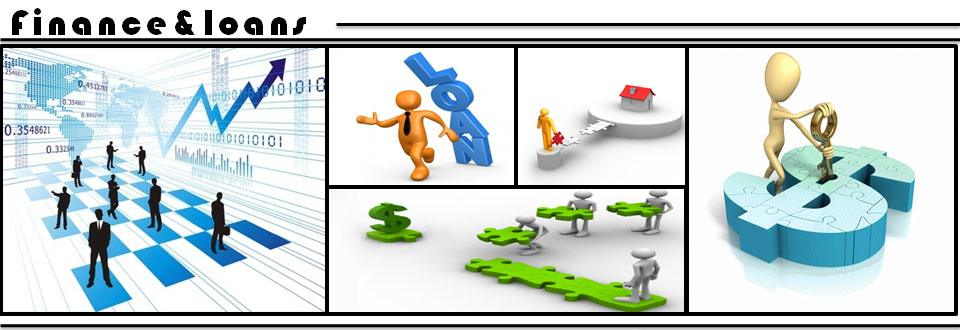Russia cuts rates once again to avert deeper slump

President Vladimir Putin has put on a brave encounter as the Russian economic climate has hit the skids. The double-whammy that slammed Russia last calendar year is again: Oil prices are tumbling yet again and Western sanctions have just been extended.
That’s wreaking far more havoc on the economy, which is greatly dependent on oil and gasoline exports.
The ruble is on the skids — plunging twelve% towards the U.S. greenback in a thirty day period — and inflation is soaring. It hit 15.8% in July, according to central lender estimates.
Russians are presently feeling the soreness. The economic downturn is deepening, unemployment is rising — albeit it from a lower foundation — and thousands and thousands much more locate them selves in poverty because of to a sharp tumble in wages.
In opposition to that track record, the Bank of Russia determined Friday it experienced to reduce curiosity rates, having them down by .five% to eleven%.
It figured it experienced to act to avoid an even even worse financial slump, even even though decrease rates could put much more pressure on the ruble and danger even higher inflation.
The central financial institution has been reducing prices since January, from a peak of 17% strike very last December when the ruble was in free of charge drop.
It mentioned the economic downturn in the very first fifty percent of the 12 months was even worse than it predicted, and warned it might have to revise its forecast for 2015. It has said beforehand that GDP could drop by about three% this 12 months.
“The economic predicament in Russia will additional depend on the dynamics of entire world vitality rates and the economy’s capability to adapt to exterior shocks,” the Bank of Russia mentioned. “At the same time, the scenario [of] oil costs remaining underneath $ 60 for every barrel for a extended time is far more probable than it was in June.”
Yearly inflation ought to slide sharply in early 2016, just before dropping to its concentrate on of four% in 2017, the bank added.

